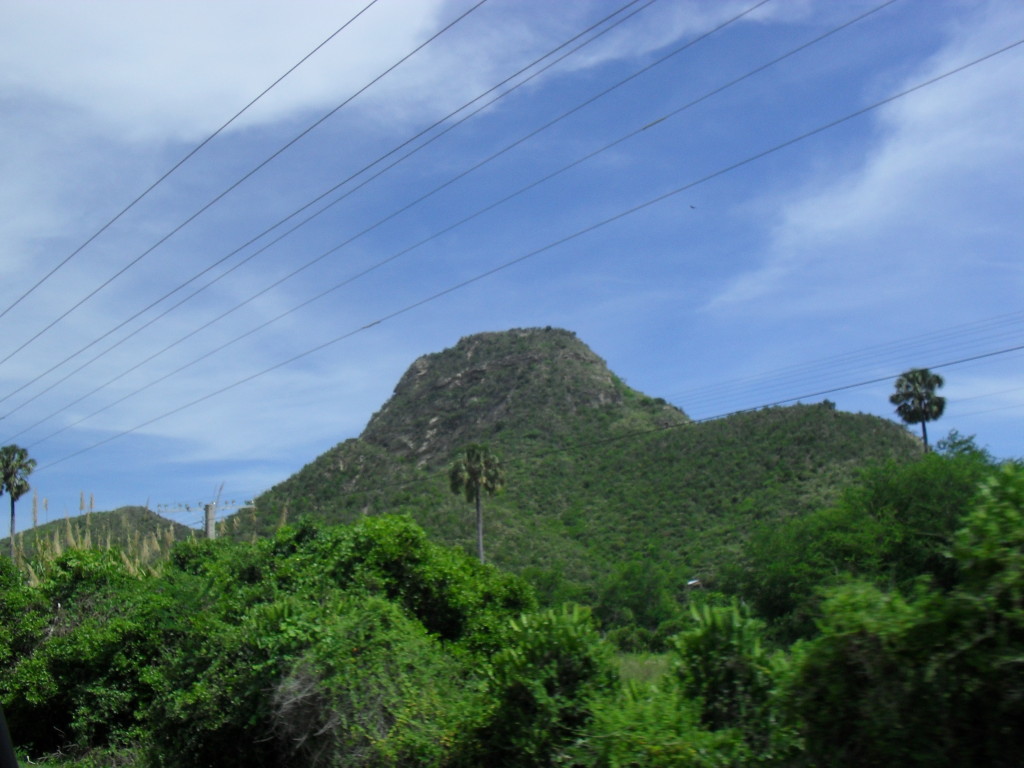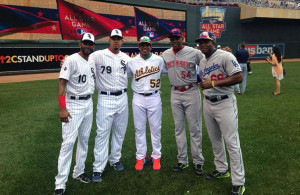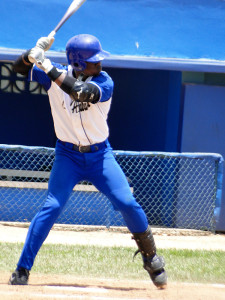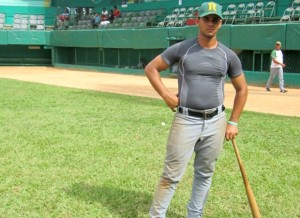BACARDI ENTERPRISES WILL RETURN TO CUBA WHEN THE EMBARGO TO THE ISLAND IS LIFTED.
In recent days, the attack against the US embargo of Cuba is coming from several fronts. In the editorial of The New York Times on the subject have now joined the statements Joaquin Bacardi, chairman of beverage giant, last week when speaking to international media has made known the desire of the firm to return to Cuba when lift the embargo on the island and the conditions are right to be there.
“Rest assured that, once the embargo lifts, Bacardi will be present in Cuba someday. No doubt,” said Joaquin Bacardi, the fifth generation of the family. These statements coincide with the publication of an editorial in The New York Times which reflects those same statements.
The spirits company also clarified to the media site just-drinks that “it is unlikely that all rum production company to move to Cuba”. To add immediately, “we have a lot of assets around the world,” so that “going to have to be a balance between the products must leave Cuba and that should come from our existing facilities, it is likely that there is a combination of them. ”
Bacardi was founded in Santiago de Cuba in 1862 by the Spanish Facundo Bacardi Masso.
https://youtu.be/58ihkMxbWOE
Although the international headquarters of the company is currently in Bermuda, with offices in Mexico, United States (Miami) and Puerto Rico. In 1960 the government of Fidel Castro seized all company assets in Cuba.
Precisely on this too was hopeful Joaquin Bacardi. “Because the property has been abandoned for many years, despite being operated to produce other rones- know that the conditions are very poor. Not maintained very well Therefore, you will require a significant investment of capital”.
The Cuban government, through its company Cuba Ron, and in the company of the French company Pernod Ricard, Havana Club brand produces both have recorded in nearly all markets outside the United States.
In 2011, after a long legal battle 17 years, the Bacardi family won the right to use the name Havana Club rum in the US market.
Agencies / InternetPhotos / Various / YouTube / TheCubanHistory.com
The Cuban History, Hollywood.
Arnoldo Varona, Editor.
LA FIRMA BACARDI VOLVERÁ A CUBA CUANDO LEVANTEN EL EMBARGO.
En los últimos días, la arremetida contra el embargo norteamericano a Cuba está llegando desde varios frentes. A los editoriales de The New York Times sobre el tema se han sumado ahora las declaraciones que Joaquín Bacardí, presidente del gigante de las bebidas, semanas pasadas cuando en declaraciones a medios internacionales ha hecho conocer el deseo de la firma de regresar a Cuba cuando se levante el embargo a la isla y las condiciones sean correctas para estar alli.
“Tenga la seguridad de que, una vez que se levante el embargo, Bacardí volverá a estar presente en Cuba algún día. No hay duda”, afirmó Joaquín Bacardí, de la quinta generación de la familia. Estas aseveraciones coinciden con la publicación de un editorial en The New York Times donde refleja esas mismas declaraciones.
La compañía de bebidas alcohólicas también aclaró al sitio mediatico just-drinks que “no es probable que toda la producción de ron de la compañía se mueva a Cuba”. Para agregar inmediatamente, “tenemos un montón de activos en todo el mundo”, de manera que “va a tener que haber un equilibrio entre los productos que deben salir de Cuba y los que deben provenir de nuestras instalaciones existentes, es probable que haya una combinación de ellos”.
La compañía Bacardí fue fundada en Santiago de Cuba en 1862 por el español Facundo Bacardí Massó.
https://youtu.be/58ihkMxbWOE
Aunque actualmente la sede internacional de la empresa está en Bermudas, posee oficinas en México, Estados Unidos (Miami) y en Puerto Rico. En 1960 el Gobierno de Fidel Castro confiscó todos los activos de la compañía en Cuba.
Precisamente sobre esto también se mostró esperanzado Joaquín Bacardí. “Debido a que la propiedad ha sido abandonada por muchos años –a pesar de que está siendo operada para producir otros rones– sabemos que las condiciones son muy pobres; no se mantienen muy bien. Por lo tanto, va a requerir una importante inversión de capital”.
El Gobierno cubano, a través de su empresa Cuba Ron, y en compañía de la empresa francesa Pernod Ricard, produce la marca Havana Club que ambas tienen registrada en casi todos los mercados fuera de Estados Unidos.
En el año 2011, tras una larga batalla legal de 17 años, la familia Bacardí ganó el derecho a usar el nombre Havana Club para su ron en el mercado de EE UU.
Agencies/InternetPhotos/Various/YouTube/TheCubanHistory.com
The Cuban History, Hollywood.
Arnoldo Varona, Editor.









